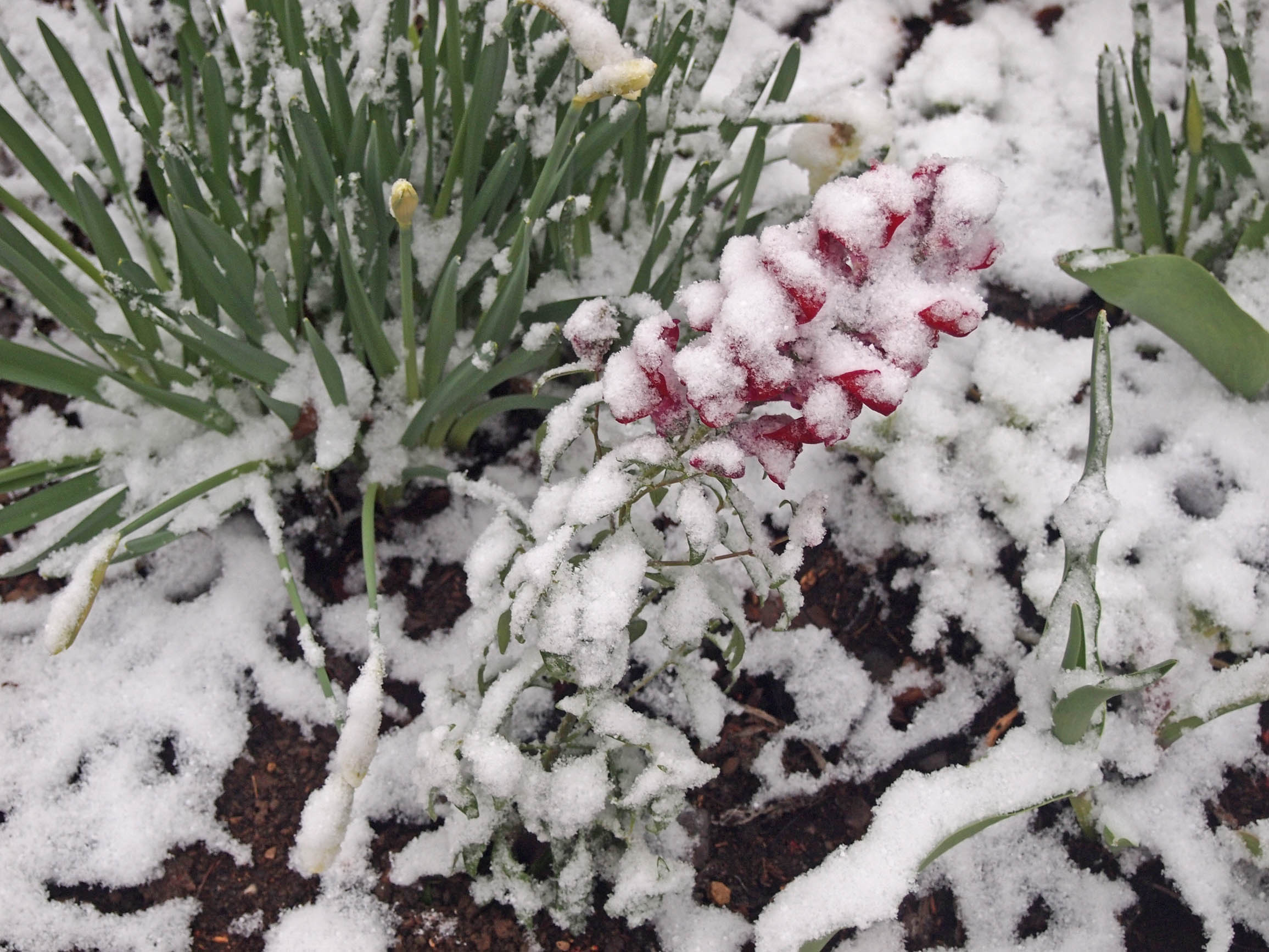by GardenLover | Apr 9, 2018 | Gardens to Drive
By Michael Leach
When it comes to coping with a variety of weather, Midwesterners take second place to no one on the planet. Sometimes it seems we get almost everything in a few hours.
Because April in my part of the Heartland is mercurial at best, it was with tepid hopes I put the recycled-plastic Adironack chairs on the patio the day before Easter. The forsythia blossoms hadn’t even fully opened. While forsythia blooms don’t guarantee three snows of folklore, more cold weather is certain.
And Easter, no matter its placement on the calendar, rarely matches the pastel scene depicted in ads and greeting cards. While growing up, we never marched in the Easter parade, but were always in uniform if called upon to do so. Despite arctic cold, Mother refused to allow my sister and I to wear winter coats. “They’ll hide your new Easter clothes,” she scolded. How dare we prefer drab, dark coats to a fashion statement. Our numb little fingers gathered the colored eggs hidden around the back yard.
Softball was usually as chilly a proposition as egg hunts. Even early May can bring frosts, freezes and January-like wind chills. Outfield duty meant possible frostbite.
So putting the chairs out practically guaranteed the always crazy April weather would make them mere garden decorations for awhile, not a spot for comforting rest from chores or savoring the beauty of spring flowers on balmy days.
The variety of meteorological offerings that followed, however, was awe inspiring. Monday after Easter, several inches of snow transformed the garden into a Christmas card scene. (Sure hope the white Christmas fans have had their fill of the four-letter “s” word, I growled.) Tuesday brought a quick warm up, rounds of flooding rains, hail, violent winds, and a small tornado touching down at evening rush hour just three miles from home. Fortunately there were no injuries, though this twister damaged buildings and toppled power lines. On Wednesday morning snow flurries were blowing again. At least the snow didn’t stick to pavements. The only atmospheric condition that failed to materialize was pleasant, as in shirtsleeve weather.
There’s something especially depressing about the mixed metaphor of snow-crusted patio furniture. The surreal extends to the daffodils and other flowers, who do imitations of the yoga pose Downward Dog. (Perhaps I need counseling.
Little wonder that St. Louis native and Nobel Prize-winning poet T.S. Eliot penned, “April is the cruelest month …” Such a thought probably arose after enduring a Midwest winter that never wanted to end and an April that was anything but springlike. He eventually moved to temperate England. (But even the Mother Country had cruel snow storms and deadly chills this winter.
Another poet of our region came through the winters and uncertainties of April seeing a brighter side. Jesse Stuart, Kentucky poet laureate, lived in a lovely hollow near the small town of Greenup on the Ohio River.
His poem “Hold April” speaks of the winsome side of this split-personality month.
He tells us to hold on to April because it’s another year
“ … before she comes again
To bring us wind as clean as polished glass
And apple blossoms in soft, silver rain. …
When wild birds sing up flights of windy stair
And bees love alder blossoms by the stream. …
Month of eternal beauty and delight.”
Spring’s delight will return — as always. Hold that hope.
by GardenLover | Mar 31, 2018 | Gardens to Drive
Bird’s nest fern earned its common name for a reason. April Fools!
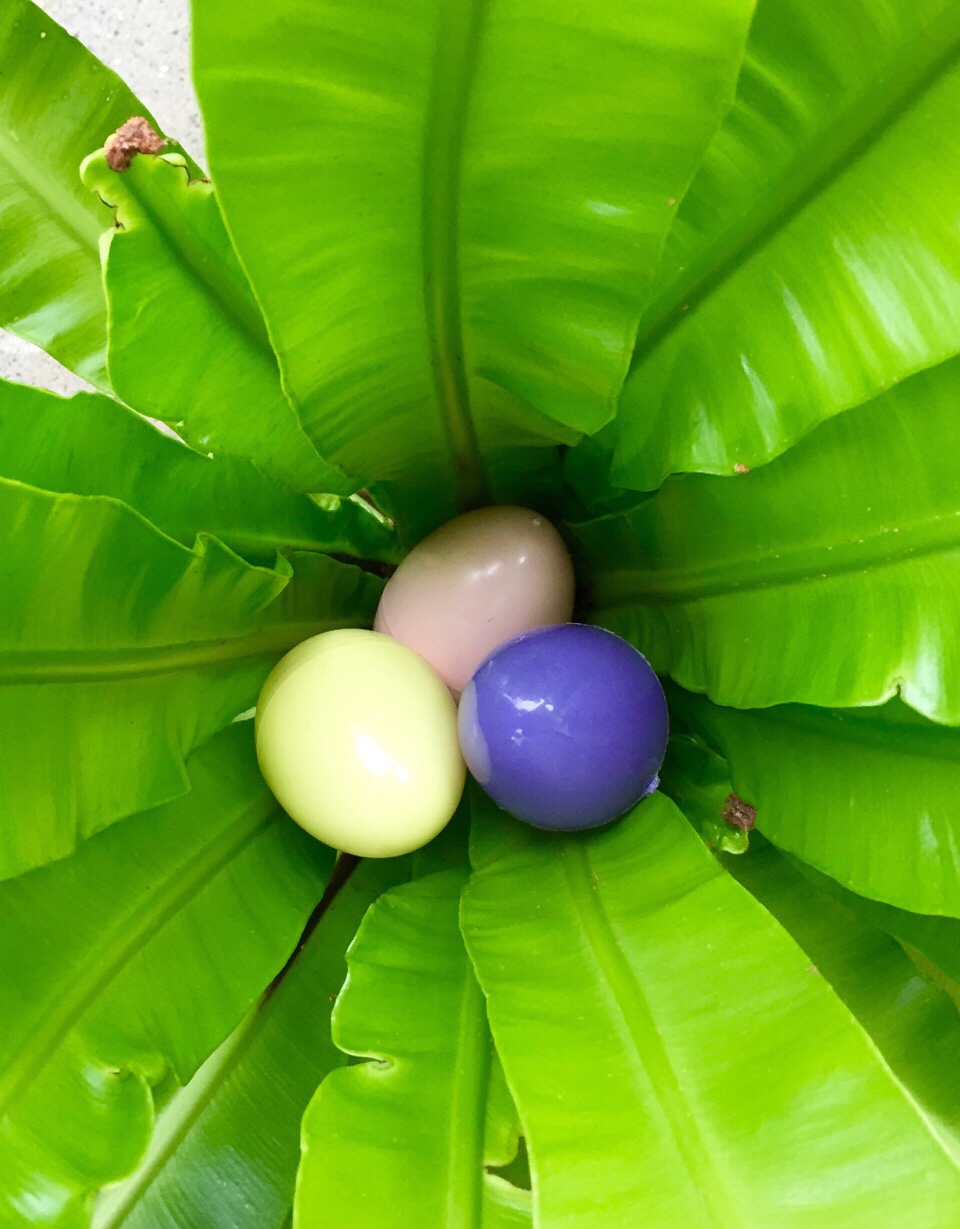
by GardenLover | Mar 13, 2018 | Gardens to Drive
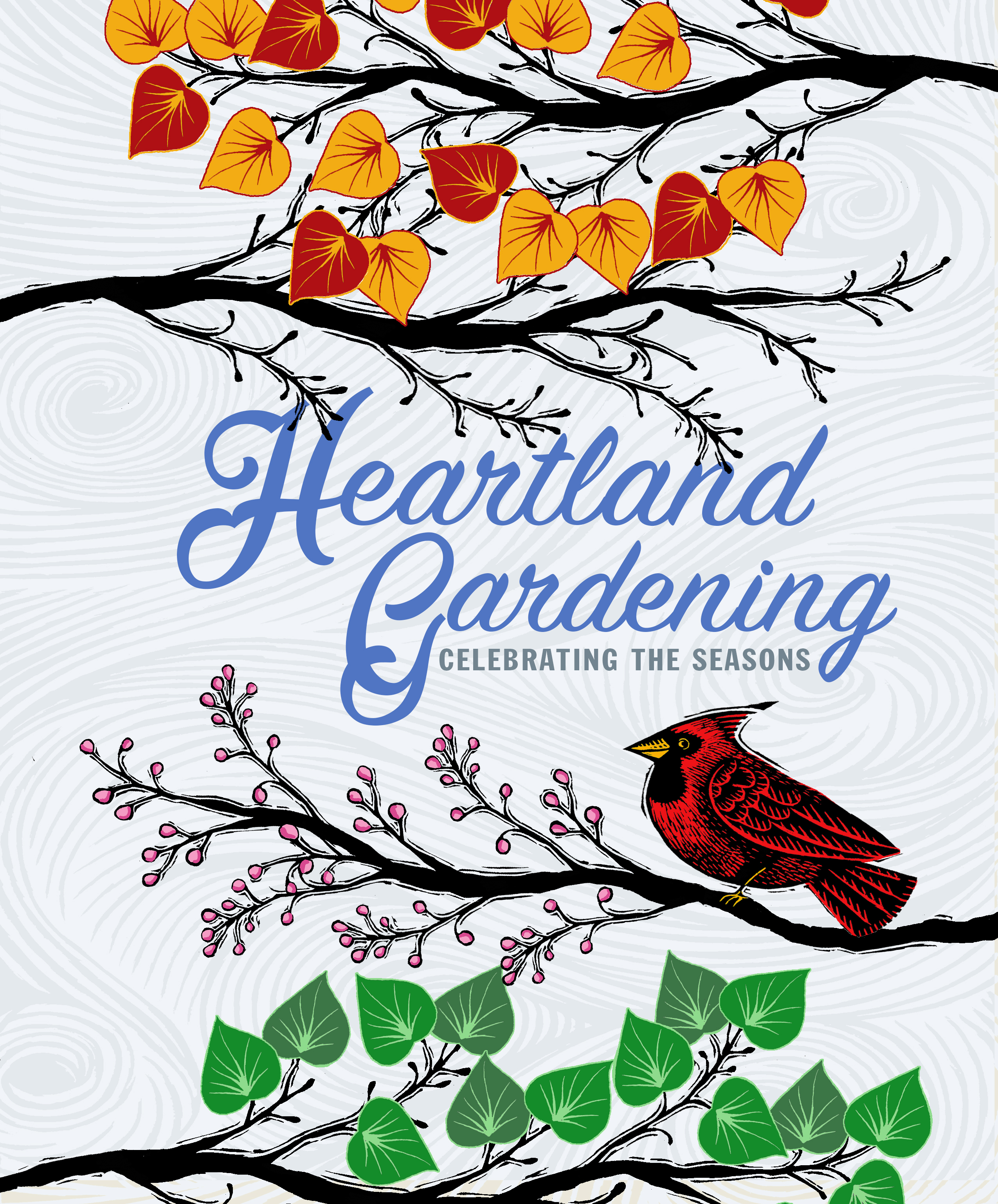
We are excited to announce our upcoming book release, Heartland Gardening: Celebrating the Seasons. We’ll launch the book on Sunday, March 18 at 2 p.m. at our talk at Inniswood Metro Gardens in Westerville, Ohio.
Our new book celebrates gardening in the Midwest with a collection of our best blog posts. We’ve assembled gardening lessons and reflective essays and woven them together with beautiful images and illustrations. The book leads readers through the region’s heralded seasons, offering tips for favorite plants, recipes for beloved edibles, plant design ideas and advice for top garden destinations. It’s a great tribute to Midwest gardening and an excellent gift for gardening friends.
To register for the “Gardening in the Heartland” event, visit Inniswood.
by GardenLover | Mar 10, 2018 | Gardens to Drive
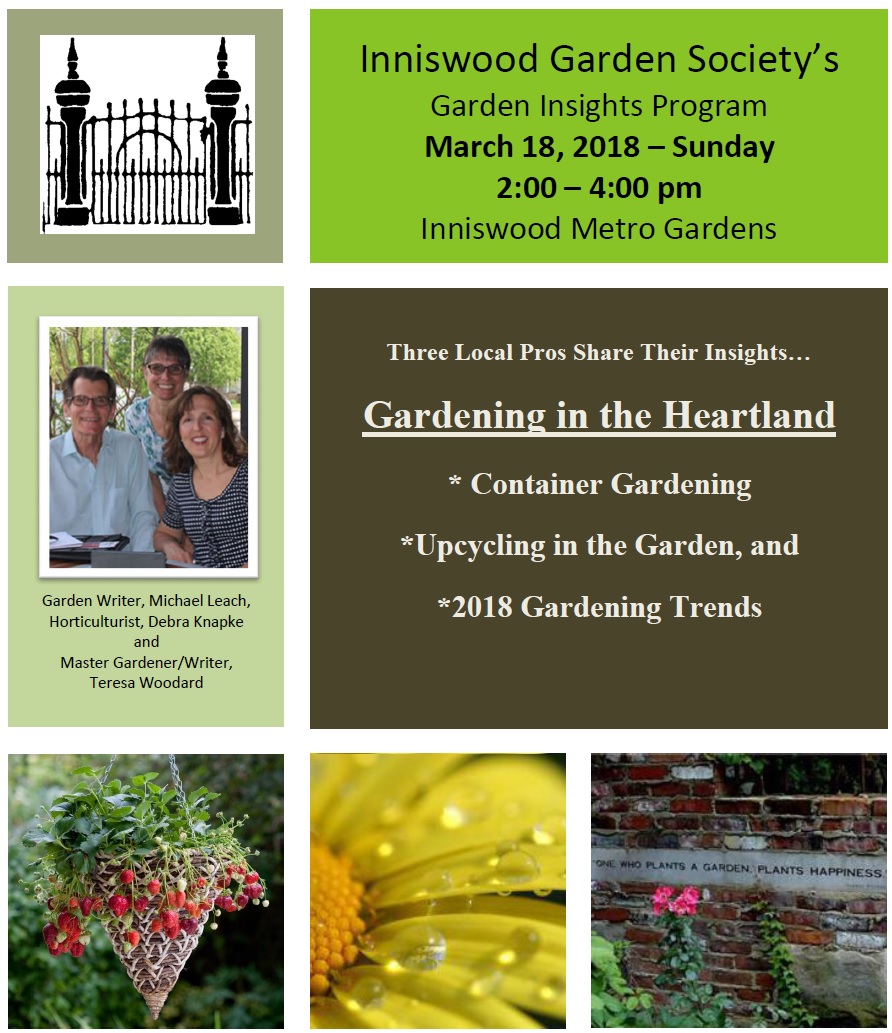
Join us on Sunday, March 18, 2 – 4 p.m. at Inniswood Metro Gardens in Westerville. We’re delighted to share the stage in three talks on spring container gardening, what’s hot and not, and healthy gardening strategies.
We will also be giving away a $125 gift card to Kurtz Bros Mulch and Soils and announcing our Heartland Gardening book release. We hope you will join us for this fun gardening event!
Tickets are $15/IGS members and $20/non-members. Call 614-895-6216 to register. Inniswood Metro Gardens, 940 S. Hempstead Rd. Westerville, OH 43081.
by GardenLover | Mar 6, 2018 | Gardens to Drive
Early Spring Tasks
By Debra Knapke
Blustery winds, snow, wintercress setting bud, temperature changes that make you feel like you are on a rollercoaster … it’s March, and the time I look out into my garden and create a to-do list. I save the major clean-up of my garden for March. Stems and seedheads of perennials offer winter interest while providing protection to herbaceous crowns and food for wildlife. They also may be insect nurseries.
My list for this year:
1. weed-weed-weed: bitter wintercress is beginning to bloom and must be removed. If you catch it before it buds, you can leave it in the garden, roots side up. Look for the early rosettes of garlic mustard. Separate the roots from the crown and you can leave this to compost in-place, too. Chickweed, which is an edible spring green, is bursting out, too. Dandelions are beginning to show. The plants in the garden will end up in salad. I don’t concern myself with the ones in the lawn.
1a. Remove invasive plants that you have planted or have shown up – uninvited – in your garden
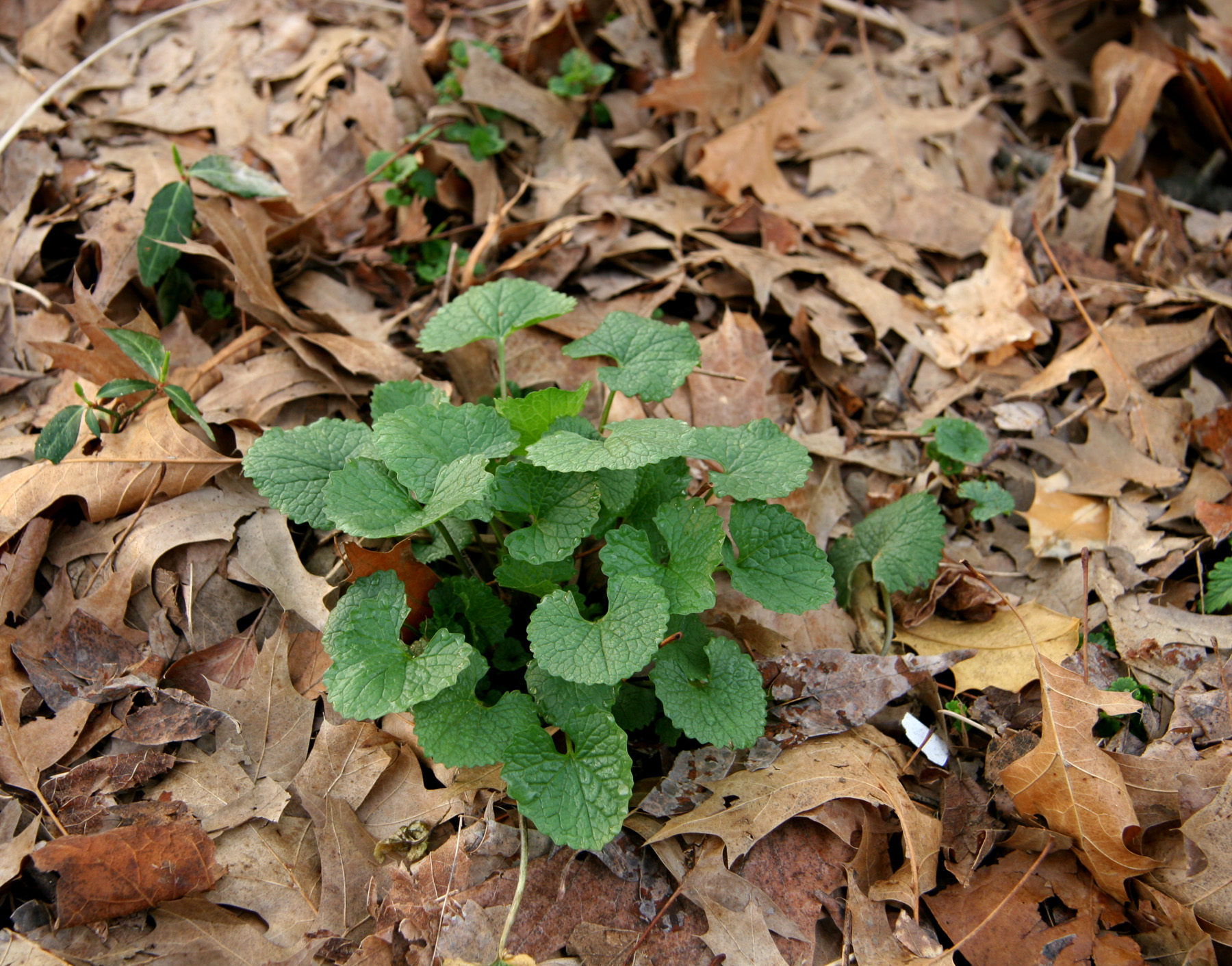
Garlic mustard (Alliaria petiolata) — remove it in its rosette stage before it blooms.
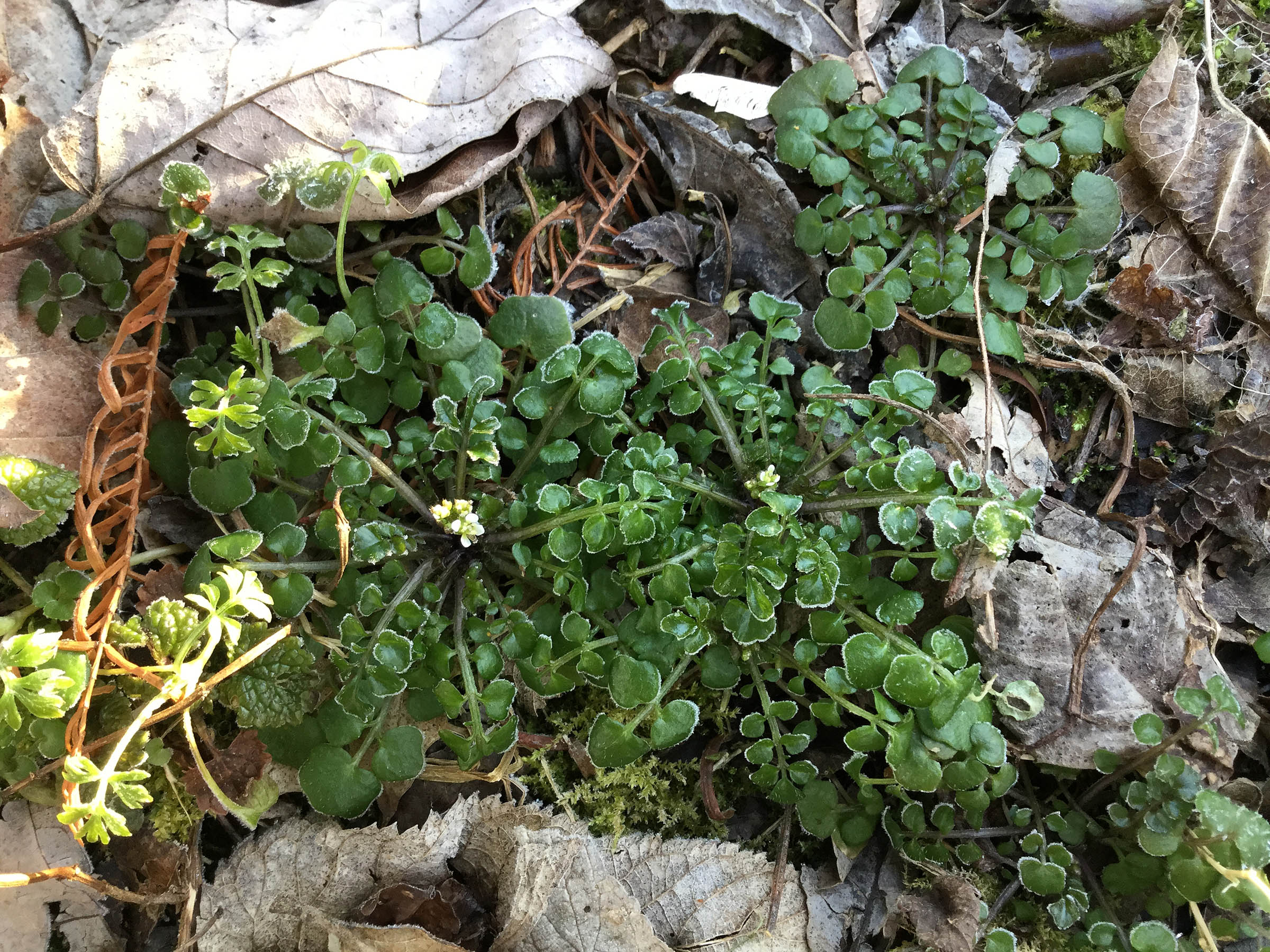
Even after being frosted several times, bitter wintercress (Barbarea vulgaris) keeps on blooming!
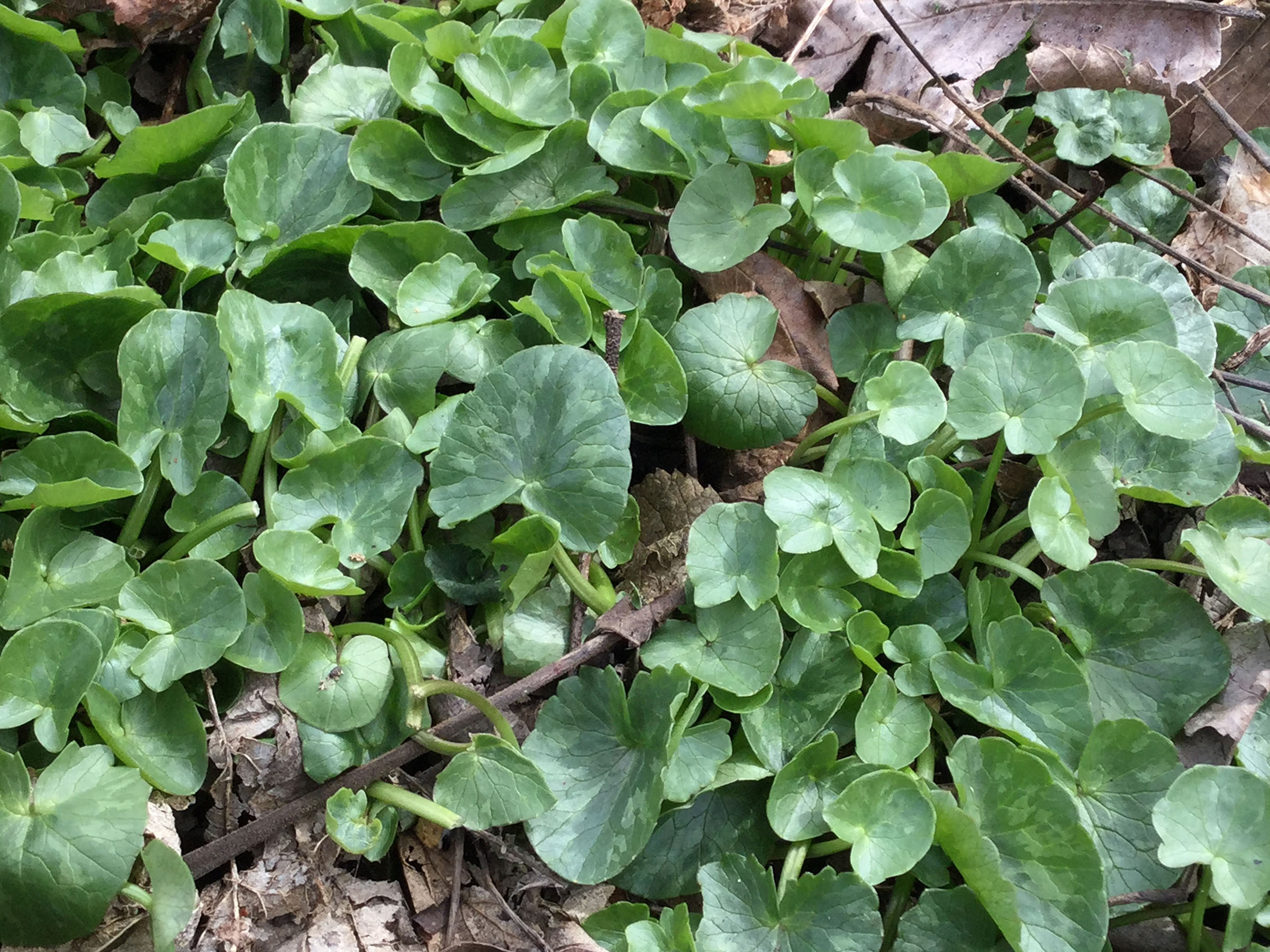
This cute perennial is a thug in disguise. Lesser celandine (Ranunculus ficaria) will spread by seed and root tubers in a very short time.
2. Cut down the stems from the herbaceous perennials. I only cut them down to 6-8”as native bees may use them for their bee nurseries. The blue mason bee is already flying and searching for tubes to lay her eggs in. Watch for eggs and egg cases and leave those stems standing.
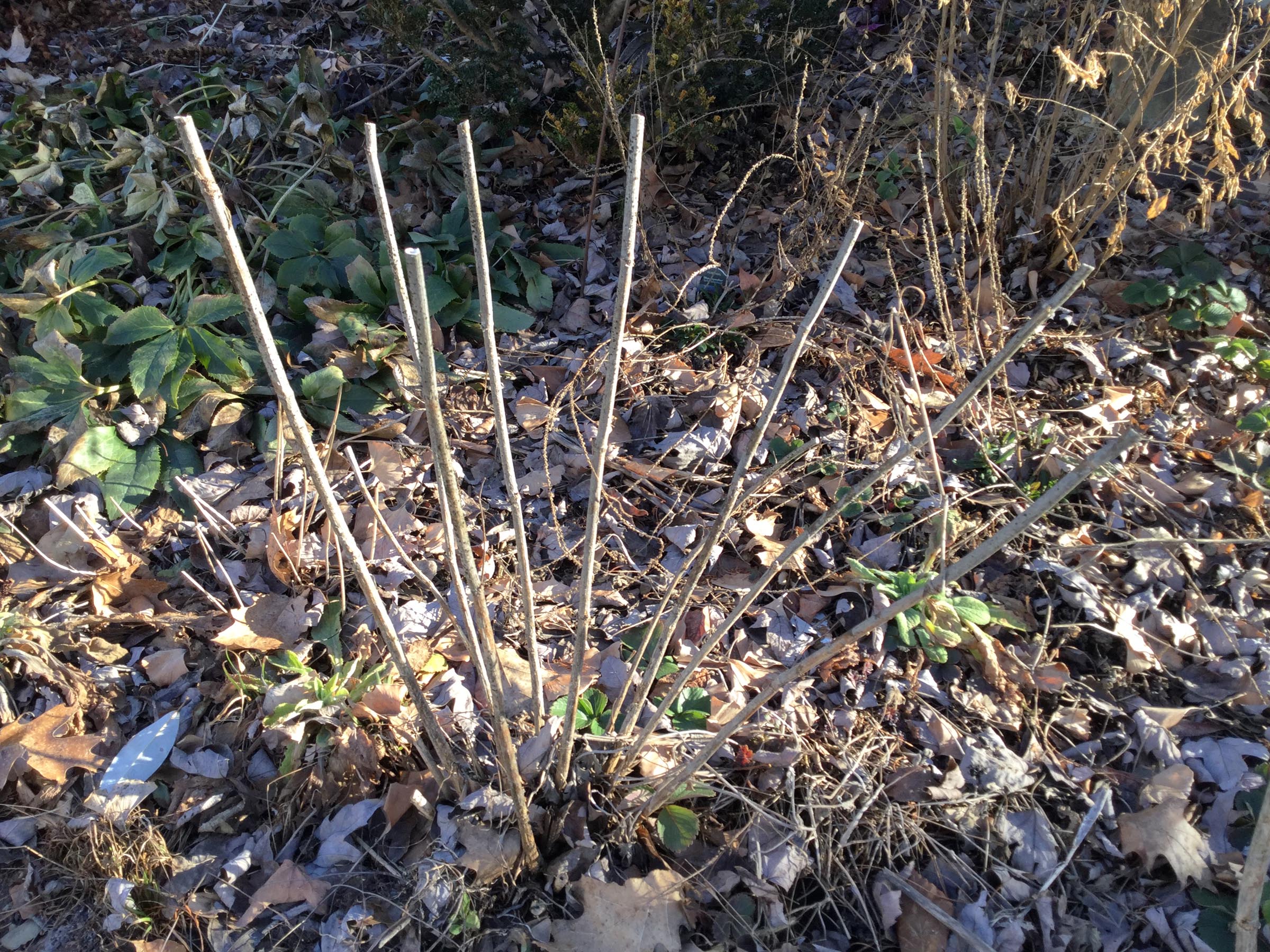
Stems of fennel stay in the garden for now.
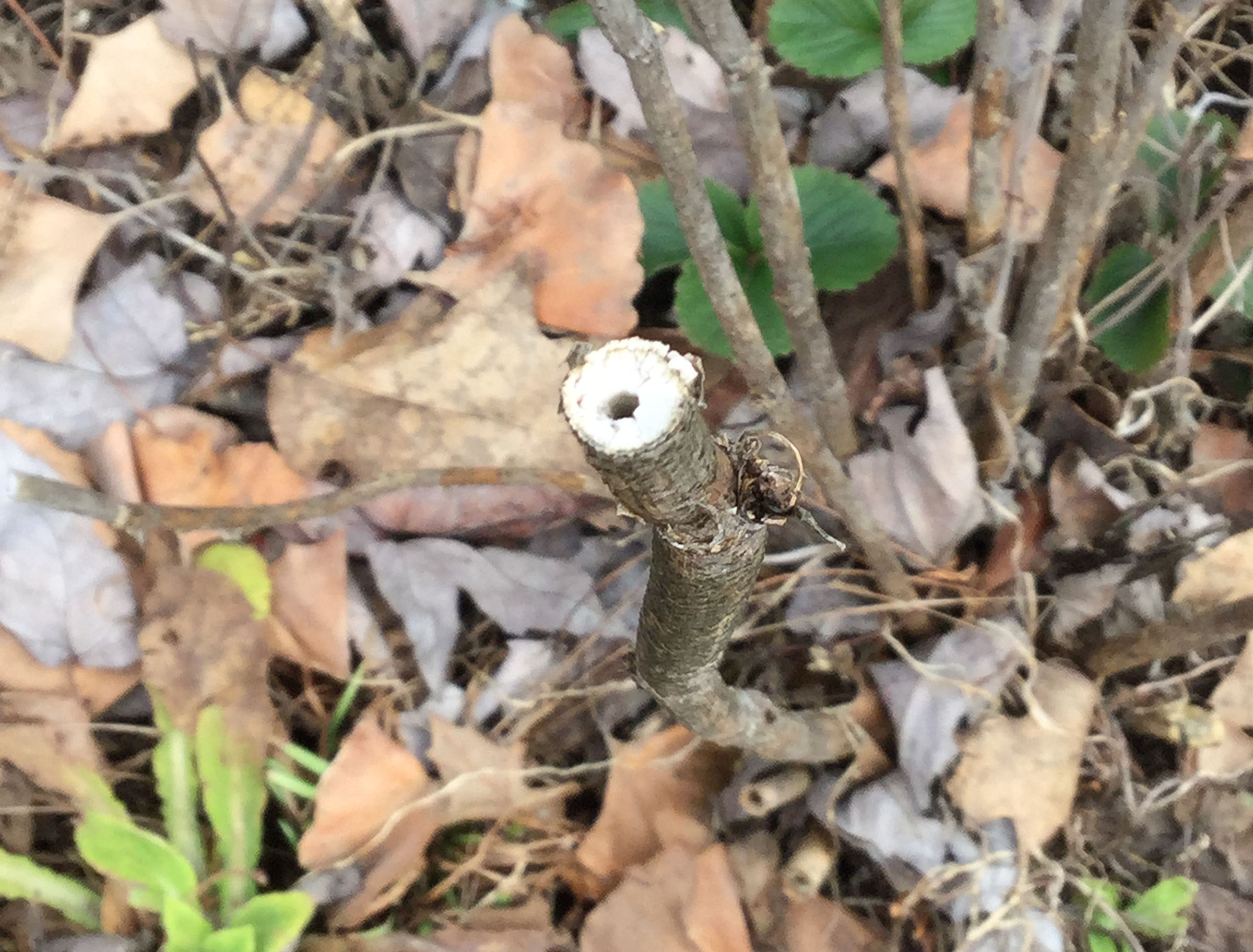
Notice how the usually solid pith is drilled. There might be a resident inside.
3. Cut down last year’s grasses. Chop the leaves into 8-12” pieces and leave them in piles. In my garden I lay them in the “wild” area in the back for birds to use for nestbuilding. The leaves that are not used will breakdown and add to the nutrition in the soil.
4. Make sure that leaves left in the garden are not covering emerging crowns. Most plants will grow up through leaves, but snow may pack the leaves, especially oak leaves. This will trap moisture around the crown and cause crown rot.
5. If you mulched in the fall, fluff it. Mulch can flatten and cause an impermeable surface that blocks water and air movement into the soil. If you are thinking of mulching in March, chase that thought right out of your mind. That is a mid to late April task when the soil has warmed. In cool-spring years, I have delayed adding mulch until early May.
6. Edging the garden beds; especially good for the times when you should not be stepping on saturated soil and compacting it. February and the first week of March have been very rainy this year. In the low areas of my garden, edging and weeding the perimeter of the bed is the only task I will be doing for the next week or so.
7. Check trees and shrubs for broken or dead limbs and remove them. Prune suckers and crossing branches. This is better done in the fall, but if you didn’t get to it, do it now. An exception to this is any maple species. I prune live wood on maples in the late summer to mid-fall to avoid causing sap flow from the wound.
8. Look for plants that are heaving out of the ground and press them back into the soil. A side note: the deer have been very active in my garden and while tiptoeing through several areas, they have uprooted plants and bulbs. Look for this type of animal damage and fix it.
9. Sit back, breathe, and enjoy the early bulbs and perennials that are emerging, but don’t be surprised if Mother Nature snows on your parade.
